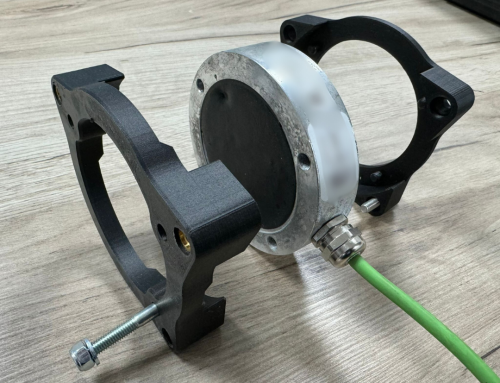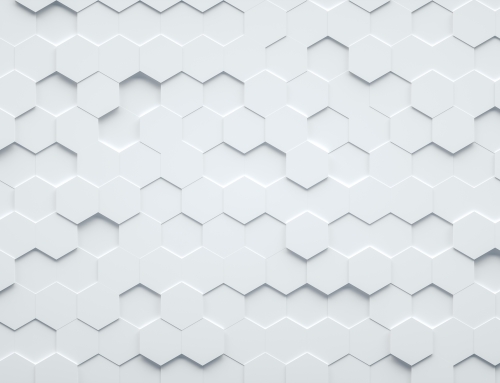5 points to consider when designing a staircase
Introduction
At Cullen 3D Design, we pride ourselves on being the go-to experts in staircase design for manufacturing. With our extensive knowledge, experience, and commitment to innovation, we excel in creating stunning staircases that are not only visually captivating but also optimized for efficient and cost-effective manufacturing processes.
Our team of skilled designers and engineers understands the intricate balance between aesthetics, functionality, and manufacturability when it comes to staircase design. We leverage advanced 3D modelling and design software, such as SOLIDWORKS, to create detailed and precise staircase designs that adhere to industry standards and regulations.
From initial concept development to the final manufacturing stage, we work closely with our clients to ensure that their vision is brought to life. We take into consideration various factors, including staircase size, materials, regulations, and structural engineering, to create customized designs that perfectly suit the specific requirements of each project.
By leveraging our expertise in staircase design for manufacturing, we strive to deliver exceptional staircases that not only elevate the architectural beauty of spaces but also optimize efficiency in the manufacturing and installation processes. When you choose Cullen 3D Design, you can trust that you’re partnering with the industry experts who are dedicated to transforming your staircase design ideas into stunning realities.
Five Points to consider
- Space and Location: When designing a staircase, the available space and location are crucial factors to consider. Evaluate the dimensions and layout of the area where the staircase will be installed. Determine the most practical and efficient placement that suits the flow of the space. Consider factors such as ceiling height, nearby walls or structures, and the impact on other areas of the building. Careful assessment of the space will help determine the appropriate size, shape, and configuration of the staircase.
- Regulations: Compliance with building regulations and safety codes is paramount when designing a staircase. Familiarize yourself with the local building codes and regulations that dictate specifications such as stair dimensions, riser and tread measurements, handrail height and design, and proper spacing between balusters. Adhering to these regulations ensures the safety and functionality of the staircase, providing peace of mind for users.
- On-Site Assembly: Consider the feasibility of on-site assembly when designing a staircase. Evaluate factors such as access to the installation site, the complexity of the staircase design, and transportation limitations. Some staircase designs may require modular or pre-fabricated components for easier on-site assembly. Assessing these aspects beforehand helps streamline the construction process and ensures a smooth installation.
- Balustrade Design: The balustrade, including handrails, balusters, and newel posts, plays a significant role in the overall design and safety of the staircase. Consider various balustrade design options that align with the architectural style of the building. Evaluate materials, such as wood, metal, glass, or a combination, to create a visually appealing and functional balustrade that complements the staircase design while providing necessary support and safety.
- Budget: Set a clear budget for the staircase design and construction. Take into account the cost of materials, labour, installation, and any additional features or customizations. Prioritize the design elements that are most important to you while considering cost-effective alternatives. Having a well-defined budget will guide the decision-making process and ensure that the final staircase design aligns with your financial resources.



